THIS POST is part of a series describing the rule changes I’ve made for my current fantasy role-playing campaign. “Kilgore’s Dungeons & Dragons,” or “KD&D,” is a full-fledged variant of the 1st Edition Advanced Dungeons & Dragons game initially released in 1977. Feel free to use some or all of these rule changes for your own D&D gaming, no matter what edition you play.
As I described in the inaugural post to this series, I’m running a 1e AD&D campaign for my friends. While I’ve always enjoyed AD&D, the game system itself can be clunky and difficult, and some parts are, frankly, lame.
To make what I consider to be improvements to the core rules, I’ve borrowed ideas from issues of Dragon magazine and later D&D editions, and have come up with a few of my own. My operating motto for re-tooling the game is to make it, “Simpler & Better.”
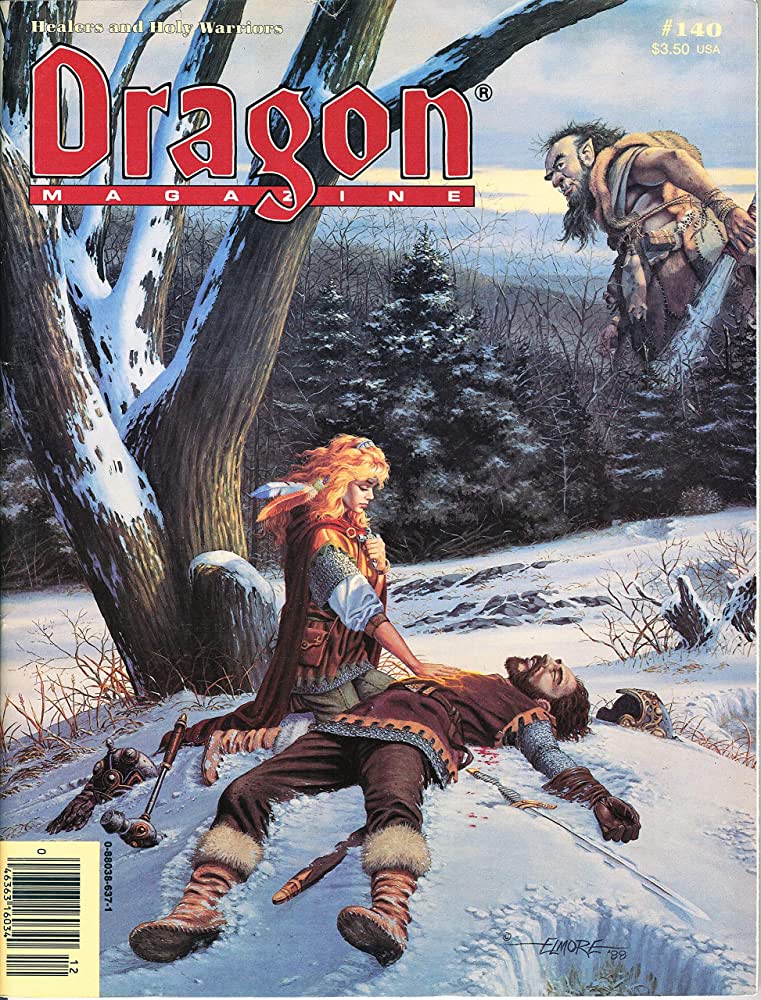
Last time out, I took a broad look at the character classes. This time, I’ll focus on fighters, paladins, and rangers, which I’ll collectively address as “fighters.” As for cavaliers and barbarians, I don’t allow them in my campaign for several reasons that I discussed in my previous post.
I’ve always considered fighters to be an excellent choice for beginning players, because they’re easy to use: give them a sword and some armor, and they’re ready to go. They start off with great hit dice, and if you roll up decent Strength, Dexterity, and Constitution scores, they can be pretty capable even at 1st level.
However, the ease of creating and using fighters has its downsides. Once they get some game time under their belt, some players find fighters to be boring, and the original rules didn’t do much to dissuade them of that opinion.
As most adventurers go up in level, they receive extra powers and abilities, or improve on the ones they already have: magic-users and clerics get new spells, thieves pick locks and climb walls better, etc. Fighters (and, to a lesser extent, paladins and rangers) get…well, not much more than additional weapon proficiencies, and making an extra swing or two during combat. *Yawn*
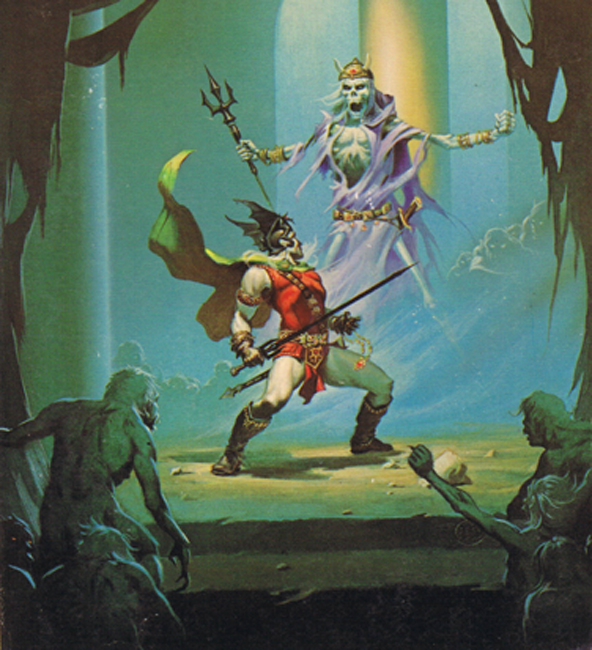
And that’s a shame, because playing a fighter in AD&D should provide one with the opportunity to develop a character as renowned and mighty as some of the greatest warriors from myths, legends, and fantasy literature: Achilles, Hector, Conan, Aragorn, Fafhrd and the Gray Mouser, Elric, King Arthur, Lancelot, Roland, Robin Hood, any of the warriors from the Game of Thrones books/shows, et. al. Playing a fighter shouldn’t be boring–far from it!
Weapon Specialization
To make fighters more interesting and appealing to players, the Unearthed Arcana supplement presented rules for weapon specialization. Fighters could spend one or more proficiency slots to gain extra attacks, and bonuses to hit and damage using certain weapons.
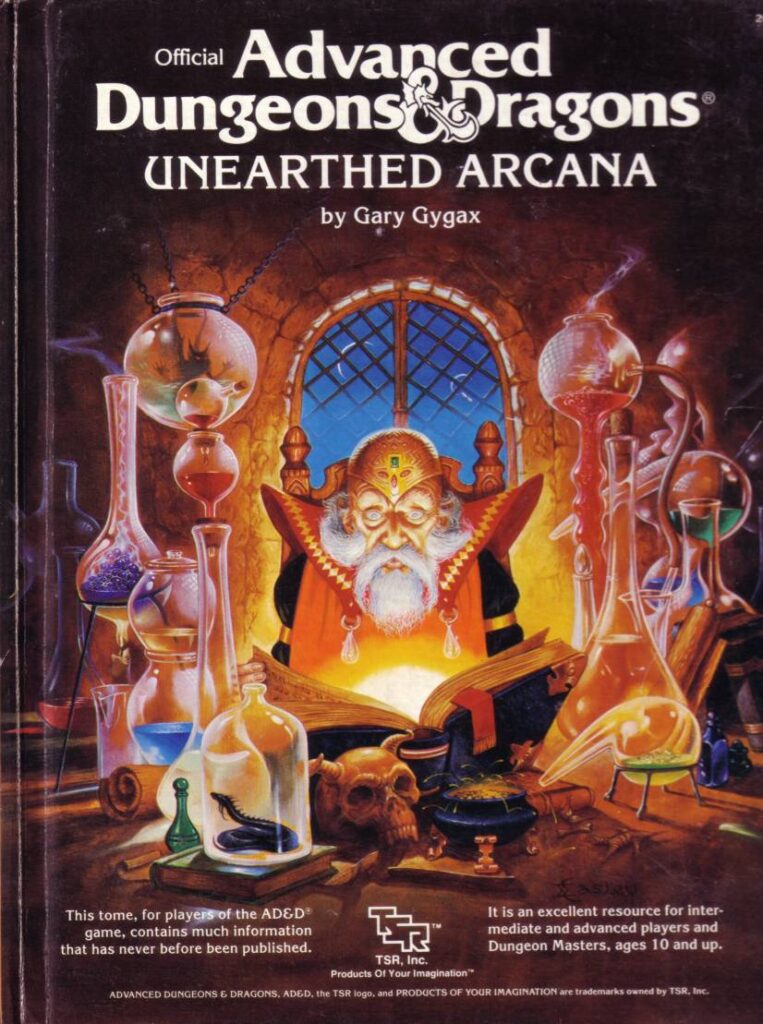
It was a good idea not done very well, as the rules for bow specialization and double specialization were way overpowered. For my campaign, we use Len Carpenter’s excellent revisions from Dragon Magazine #140.*
*I do not, however, use Len’s restrictions in the third-to-last paragraph regarding weapons (such as spears, daggers, or hand axes) that can be used in melee and as missiles. That’s just quibbling.
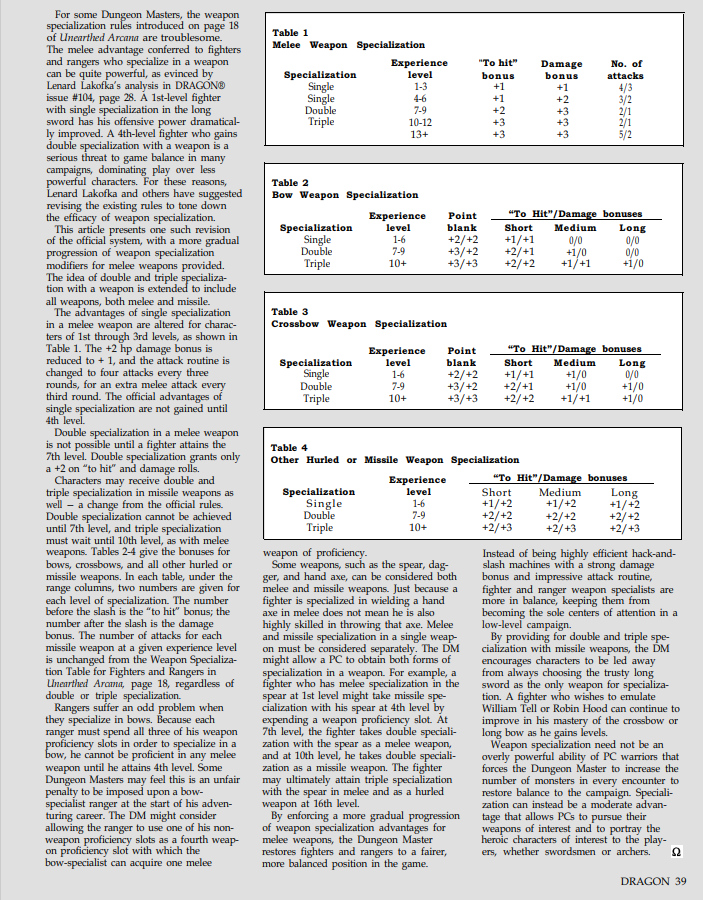
Unearthed Arcana had made paladins a subclass of cavalier, and had barred them from weapon specialization (allowing them to take “weapons of choice” instead). Seeing as how I don’t allow cavaliers (or a lot of other things from UA)* in my campaign, paladins can have weapon specialization.
*A later errata for UA also said that only single-classed fighters and rangers could use weapon specialization, but I ignore that, too. I loved that book when it came out in 1985, but in retrospect, it’s a mess that’s really only good for the spells and magic items.
Even with weapon specialization, I felt like fighters still needed something a little extra to really make them appealing to players. Hence, I developed the following “Fighting Feats,” cool abilities for fighters that other classes don’t get.
Fighting Feats
Fighting Feats are certain combat styles or tactics that fighters (remember, that includes paladins and rangers, too) can use as desired. Some Fighting Feats replicate elements of the cavalier and barbarian classes, or real-life historical warriors such as the Vikings or Mongols.
Fighting Feats not only make fighters stand apart from other classes, they can make them distinct from other fighters, too. In my current campaign, we have four fighter-types, and because of Fighting Feats, they have very different styles. Alkaois is a Berserker; Ziah is a Two-Handed Fighter and a Hordeslayer; Ogie is a Monsterslayer against humanoids, and Bocephus uses Fast Shot with a bow (which he’s specialized in).

At 1st level, a fighter may (but is not required to) choose one (and only one) of the Fighting Feats listed below, to use when desired. Fighting Feats do not have prerequisites (other than only being available to fighters), and cost 1 or more proficiency slots.
Fighting Feats may be combined with weapon specialization and other fighting abilities (such as a ranger’s bonus to damage against giant-class opponents). Unless otherwise specified in their descriptions (see below), Fighting Feats may be used with each other.
Gaining More Feats: At 4th level and every three levels thereafter (i.e., 7th, 10th, 13th, etc.), the fighter may choose another Fighting Feat, spending the required proficiency slot(s). A Fighting Feat may not be taken more than once, but the Blademaster, Bowmaster, and Weaponmaster Feats require spending additional proficiency slots for increased specialization; see below for details.
Below is the list of Fighting Feats, with the number of proficiency slots required to choose each. Following the list is a description of each Feat.
- Berserker (2 slots)
- Blademaster (4 slots)
- Bowmaster (4 slots)
- Brawler (1 slot)
- Defender (1 slot)
- Fast Shot (1 slot)
- Hordeslayer (1 slot)
- Horseman (1 slot)
- Lightning Strike (1 slot)
- Missile Deflection (1 slot)
- Monsterslayer (1 slot)
- Skirmisher (1 slot)
- Two-Handed Fighter (1 slot)
- Weaponmaster (3 slots)
- Whirlwind (1 slot)
Berserker. In melee combat, the fighter may elect to rage for a number of rounds equal to his or her Constitution divided by 3 (rounded down). This has the effect of adding +2 “to hit,” and +2 to the damage they do. Simultaneously, the fighter goes into Full Attack mode in combat (+2 attacks, no AC bonuses for shield or high Dexterity, and -2 penalty to Armor Class) for the same amount of time.*
*I’ll have a future blog post about how I run combat in my campaign. For now, suffice to say that “Full Attack” is an option that all PCs, not just fighters, have.
The fighter cannot end this berserk rage until either the fight is over, or the Constitution time limit is reached, whichever comes first. If the combat continues after the fighter’s berserk rage ends due to the Constitution time limit, the fighter is severely fatigued, and their Strength is effectively halved (rounding down) until he or she can rest for at least one turn. In addition, the character is at a further -2 “to hit” and damage for the duration of the fight.
The character can use this Fighting Feat several times a day, but not until he or she completely rested for at least a turn (10 minutes). The Berserker Fighting Feat may not be used with missile weapons, or with the following Fighting Feats: Defender, Missile Deflection, Skirmisher, or Whirlwind.
Blademaster. The fighter is skilled in using any type of knife, dagger, or sword, considered to be proficient with any and all of these weapons. In addition, he or she is also considered specialized with them, commensurate with their level of experience. Thus, at 1st level, a Blademaster is +1 “to hit” and damage with any sword, making 4 attacks every 3 rounds.
If the Blademaster elects to become more specialized at 4th, 7th, and 10th levels, he or she must use a proficiency slot each time, but it will apply to all knives, daggers, and swords. Thus, by spending a weapon proficiency at 4th level, the same person would then be +1 “hit,” +2 to damage, and make 3 attacks every 2 rounds. Of course, like any other fighter, the Blademaster is not required to further specialize. See the above rules regarding weapon specialization for details.
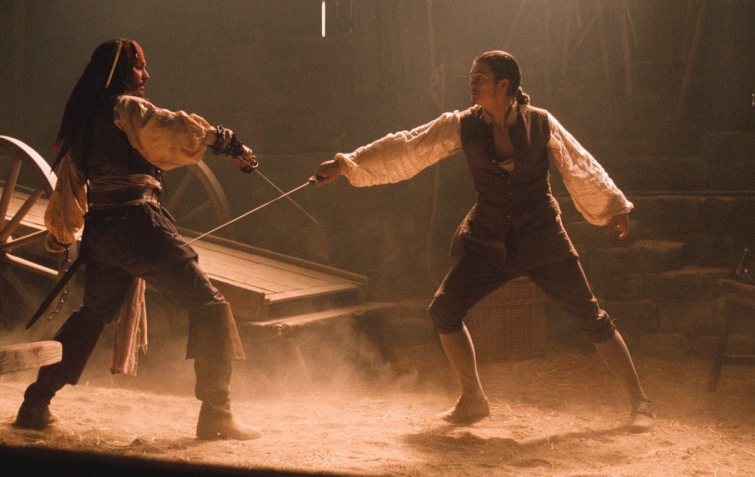
Bowmaster. Similar to a Blademaster, the Bowmaster is considered proficient and specialized with any bow or crossbow. Additional proficiency slots must be spent at the appropriate levels to further specialize.
Brawler. In addition to their usual attacks with weapons, the fighter is skilled in punching, kicking, or grappling their opponent. When fighting unarmed, a Brawler has several bonuses (I’ll have a future blog post on unarmed combat).
When fighting with a weapon, a Brawler is permitted one extra brawling attack per round, consisting of a punch, elbow strike, kick, head butt, etc. On a successful hit, the fighter will inflict 1-2 points of damage (+1 if the Brawler is wearing mail armor and/or a helmet), plus any bonus for high Strength. A brawling attack occurs immediately after all attacks with weapons are made. Brawling attacks may not be attempted against foes more than 1 ½ times the height of the brawler (a dragon’s just too big to be bothered much by a punch).
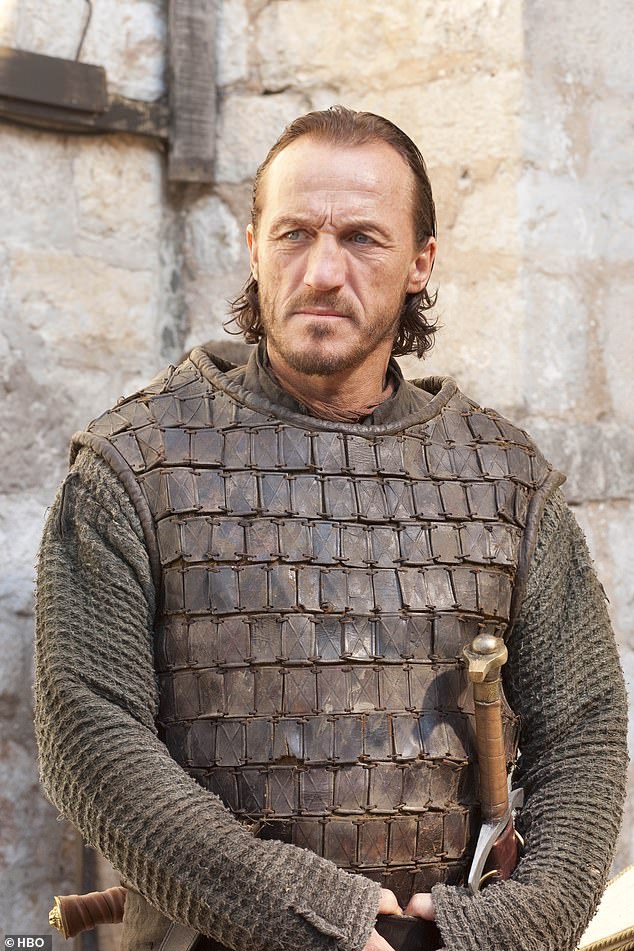
Defender. The fighter may, at the start of the melee round, intervene in combat between enemies and a single comrade within 10′ of the fighter. Thereafter, for a number of rounds equal to the fighter’s level, any weapon attacks that enemies would like to make on the comrade go against the fighter instead, using the fighter’s Armor Class. Any attacks that succeed wound the fighter instead of the defended comrade.
This ability is not effective against magical attacks that do not need a roll “to hit” (such as Magic Missile) or against attacks with an area effect (such as Fireball), but would work against ordinary missile weapons, or a “touch” spell like Cause Serious Wounds. Defender may not be used in Full Attack mode or with the Whirlwind Fighting Feat, but may be combined with the Full Defense mode of combat.*
*Full Defense will be explained in the future blog post about combat. The short version is that the character forgoes any attacks, while anyone trying to attack them gets significant penalties to hit them.
Fast Shot. When using a missile weapon, the fighter increases the weapon’s rate of fire by 1. Thus, a fighter can fire three arrows per round (more if the fighter is specialized) or one heavy crossbow bolt per round (normally limited to one shot every other round). Fast Shot may be combined with the Lightning Strike Fighting Feat.
Hordeslayer. When facing opponents of no more than 2 hit dice, the fighter may either make their regular number of attacks, or may make one attack on each opponent, up to the level of the fighter +2: thus, a 4th level fighter could attack up to 6 orcs in a round. Use of two weapons, or going into Full Attack mode, adds to the number of attacks a Hordeslayer may make.
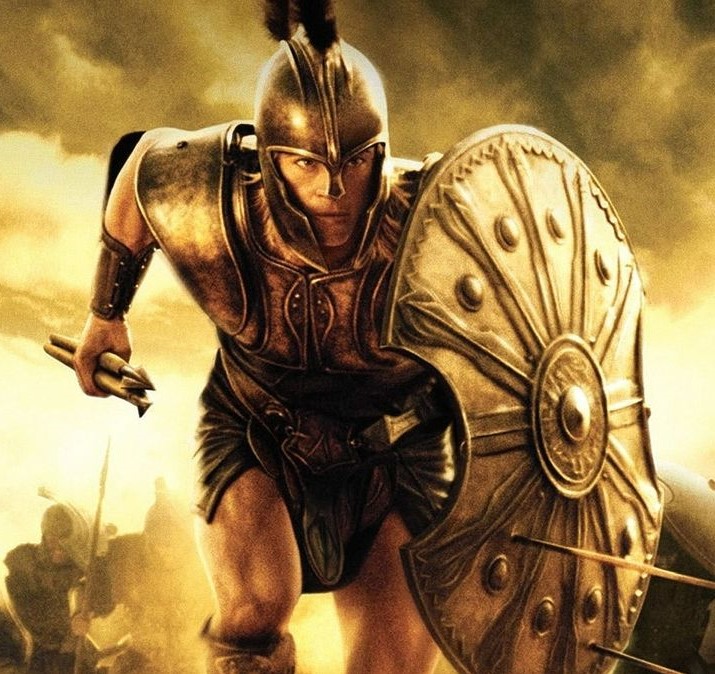
Because extra attacks against creatures of low hit dice are only granted in melee combat, Hordeslayer may not be applied when using missile weapons.
Horseman. The fighter is a master of mounted combat, receiving a +2 bonus “to hit” (instead of the usual +1) with any weapon when fighting mounted against opponents on foot. Such is his or her skill that they also receive +1 “to hit” against any mounted opponent that has not taken this Fighting Feat.
When the player selects this Fighting Feat for their fighter, they must choose one (and only one) of two particular styles of fighting from horseback, which provide the following benefits:
- Cavalier: Gain +1 damage/level when using a lance or spear on horseback (note that only die damage is doubled when charging with a lance, NOT the bonus damage); or
- Archer: When mounted, counts as having the Fast Shot Fighting Feat, and may fire missile weapons without penalty even when moving at top speed.
Lightning Strike. The fighter may consider his weapon’s Speed Category (Fast, Average, or Slow)* as the next one better than it actually is. Thus, a Slow weapon is treated as Average; Average is treated as Fast; and a Fast weapon rolls 3d10 and takes the lowest number rolled. Lightning Strike cannot be combined with Haste or a similar ability, nor can it mitigate the effects of a Slow spell. It may, however, be used with missile weapons, as well as the Fast Shot Fighting Feat.
*Again, look for a future blog post about combat. My campaign uses individual initiative for PCs, with bigger weapons that do more damage usually being slower than smaller weapons that do less damage.
Missile Deflection. The fighter may attempt a Dexterity check to avoid missiles (arrows, bolts, thrown daggers, etc.) fired at him or her that would normally beat the fighter’s Armor Class and hit them. Think of this ability as something of a saving throw against an attack that would otherwise hit, with the fighter dodging the missile or swatting it aside at the last moment.
At 1st level, the fighter may attempt to deflect one missile per round; at 4th level, two missiles per round; at 7th level, three missiles, etc.
When it’s determined that a missile would hit the fighter, the player may roll a d20 and compare it to his or her character’s Dexterity score, adjusted for range. If the missile fired is at short range, the d20 roll is adjusted by +4; at medium range, +2; and no adjustment at long range. The fighter may use melee weapons to swat aside missiles, subtracting “to hit” bonuses for Strength, weapon specialization, and/or magical bonuses from the d20 roll.
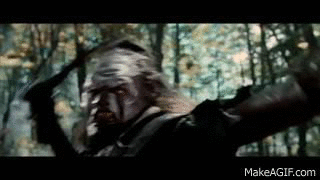
Adjusted rolls of equal or less than the fighter’s Dexterity mean that the missile automatically misses. If the adjusted roll is higher than the fighter’s Dexterity, then the missile hits.
This Fighting Feat may not be used when the fighter is surprised or already in melee with opponents; against large missiles such as boulders thrown by giants or hurled by catapults; against magical attacks that do not require a “to hit” roll (such as Magic Missile); in conjunction with the Berserker Fighting Feat or Full Attack combat mode; or if the fighter is under a Hold Person, caught in a giant spider web, wrapped in chains, or otherwise unable to move freely. It may be used in Full Defense mode.
Monsterslayer. The fighter is skilled at battling certain types of creatures, doing +1 hit points/level extra damage against them, similarly to how a ranger does more damage against giant-class opponents. If you wish your character to be a “Monsterslayer,” choose one (and only one) category from the list below: the fighter will do extra damage to every creature in that category*:
- Aquatic/marine
- Avians
- Dragons
- Fey/Fairy
- Giant insects/arachnids
- Giants (and ogres, ettins, trolls, etc.)
- Humanoids (orcs, goblins, etc.)
- Lycanthropes
- Plant monsters
- Prehistoric
- Other Planar
- Amphibians & reptiles
- Undead
- Underdark (drow, mind flayers, etc.)
*Note that a monster might belong to more than one category. The DM has final determination of what category, if any, a monster belongs to.
A ranger who wishes to be a Monsterslayer does not choose from the above list: instead, he or she may select one particular giant-class monster (such as bugbears) and do +2 hit points/level extra damage against them.
Skirmisher. Ideal for hot climates where heavy armor would be detrimental, this Fighting Feat uses light armor or none at all, relying instead on quickness to protect one’s self. The fighter gains a bonus to his/her Armor Class of 2 steps for every point of Dexterity over 14, but only if wearing no armor or leather armor. In addition, the fighter gains an additional +1 to AC when using shields. Learning to melee in Skirmisher mode has made the fighter quicker, so all weapons used are at -1 to initiative.

Two-Handed Fighter. The fighter is a master of fighting double-handed, provided he/she is proficient with the weapons in question and that they can each be used in a single hand (one cannot wield two halberds at the same time). The fighter suffers no penalties “to hit” for either weapon when using them at the same time, regardless of the fighter’s Dexterity score.
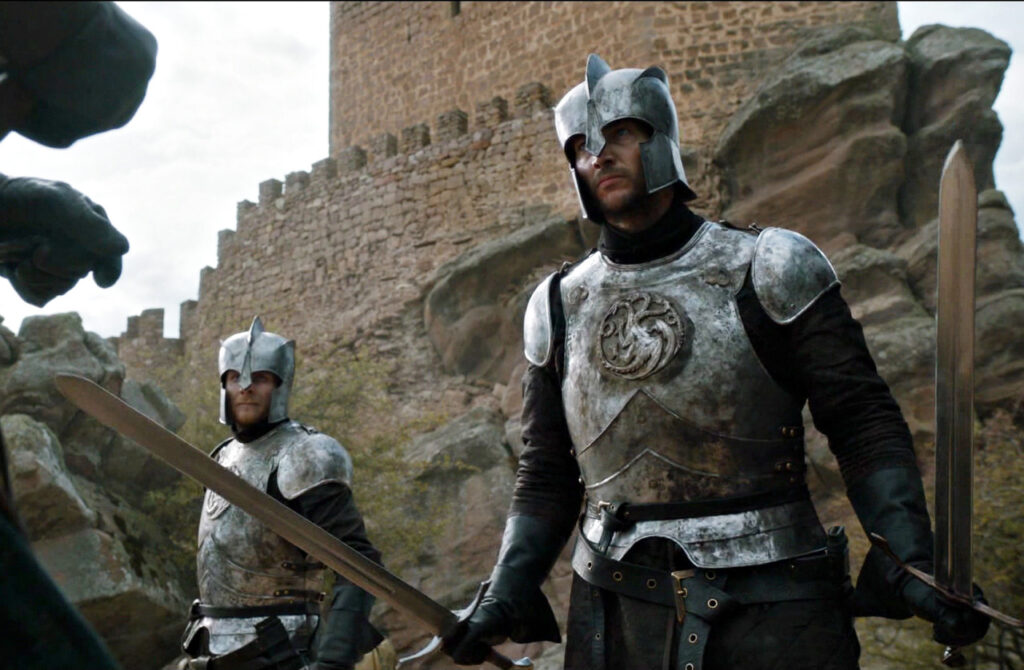
Weaponmaster. Similar to a Blademaster, the Weaponmaster is considered proficient and specialized with any hand-held weapon that is not a dagger, knife, or sword. Thus, the fighter can wield axes, hammers, maces, spears, staves, polearms, etc. He or she is also equally skilled in any hand-thrown weapon (excluding knives and daggers): darts, javelins, slings, etc. Additional proficiency slots must be spent at the appropriate levels to further specialize.
Whirlwind. The fighter spins, twists, twirls, dodges, and tumbles in combat, presenting no easy target for adversaries. During this time, all attacks made against the fighter are considered to be from the front (not rear or flank) and the fighter’s shield (if any) can be counted against all attacks (normally, shields protect against the front and sides). This Fighting Feat may not be used during Full Attack mode, with the Berserker Fighting Feat, or the Defender Fighting Feat (all that twisting and leaping about exposes the “defended” comrade to harm). It may, however, be used in Full Defense mode.
More Weapon Proficiencies
Adding weapon specialization and Fighting Feats to the campaign has made it necessary to increase the number of starting weapon proficiency slots for paladins and rangers, from three to four. When fighters, paladins, and rangers reach 4th, 7th, 10th, 13th (etc.) levels, they gain two weapon proficiencies, not one.
Regardless of how many available proficiencies they have, a fighter, paladin, or ranger may not gain more than one Fighting Feat at a time. Thus, a 1st level fighter may have no more than one; a 4th level may have no more than two; a 7th level may have no more than three, etc.
Simpler and Better Paladins
Paladins in my campaign remain a subclass of fighter, not cavalier. As I just mentioned, to help them with weapon specialization and Fighting Feats, I’ve ruled that they start their careers with four weapon proficiencies, the same as fighters, and gain two instead of one at appropriate levels.
Other than that, I have no changes to their rules from the Players Handbook: they still have to be lawful good humans with great stats (notably, a 17+ Charisma). Many years ago, I flirted with–and discarded–the idea of renaming paladins to be “champions,” and allowing them to be of any alignment*, serving as holy warriors for the gods. Better, I think, for them to remain the paragons of virtue that they were intended to be.
*Needless to say (but I will anyway), I don’t go for “anti-paladins,” even as an NPC class.

Some DMs and players find paladins to be difficult to play, too cheesy, or “goody-goody”: in our current campaign, Brynjolf, the leader of the PCs, started out as a paladin, but while 1st level, switched to being a chaotic neutral thief (we joke that he went from playing Captain America to playing Star-Lord, and the analogy’s not wrong).
I understand the sentiment against paladins, but I don’t agree. The first PC I ever rolled up was a paladin, and though there haven’t been many paladins in my campaigns over the decades, they’re always welcome at my table.
Simpler and Better Rangers
As with paladins, I grant rangers four weapon proficiency slots at 1st level, and two slots thereafter. Unearthed Arcana mandated that rangers take certain weapons, which caused issues with specialization. I modified that to say that a ranger only needs to take a missile weapon as one of their initial weapons: beyond that, they’re free to choose.
I also ruled that rangers can’t wear any sort of plate armor, so no plate mail, field plate, or full plate. It just doesn’t make sense to me to have someone trying to slip through the forest unseen, scouting out the enemy, while dressed for a jousting tournament.
Finally, rangers in my campaign automatically, and for no expenditure of slots, get the Foraging and Hunting non-weapon proficiencies from the Wilderness Survival Guide.

That’s all for now. Come back next time, and I’ll talk about what I did to improve thieves and assassins.
Kenton Kilgore writes killer sci-fi and fantasy for young adults, and adults who are still young. He also dabbles in children’s books. Follow Kenton on Facebook for frequent posts on sci-fi, fantasy, and other speculative fiction. You can also catch him on Instagram.

